Introduction
Fresh beef is a staple in many cuisines worldwide, renowned for its rich flavor, nutritional value, and versatility in cooking. However, maintaining the freshness and quality of beef over an extended period can be challenging, especially given its perishable nature. Improper storage can lead to spoilage, characterized by changes in color, texture, and odor, which not only compromise the taste but also pose health risks. Therefore, understanding and implementing effective preservation techniques is crucial for ensuring that beef retains its optimal quality for as long as possible. This article delves into various methods for prolonging the freshness of beef, focusing on scientific principles and practical applications.
Understanding Beef Spoilage
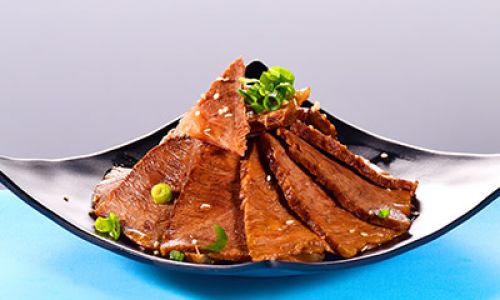
Before discussing preservation methods, it’s essential to understand the processes that lead to beef spoilage. Beef spoilage can be broadly categorized into microbial, enzymatic, and oxidative spoilage.
-
Microbial Spoilage: This is the most common cause of beef spoilage, involving the growth of bacteria, molds, and yeast. Pathogenic bacteria such as Escherichia coli (E. coli) and Salmonella can cause food poisoning, while spoilage bacteria like Pseudomonas and Brochothrix thermosphacta alter the sensory attributes of beef, leading to off-odors and flavors.
-
Enzymatic Spoilage: Enzymes present in beef can continue to act post-harvest, causing changes in texture and flavor. For instance, calpain and cathepsin enzymes can lead to tenderization and softening of meat, while lipase enzymes can cause rancidity by breaking down fats into fatty acids.
-
Oxidative Spoilage: Exposure to oxygen can initiate lipid oxidation, resulting in the formation of off-flavors and discoloration. Myoglobin, the pigment responsible for beef’s red color, undergoes oxidation to form metmyoglobin, which has a brownish appearance.
Factors Influencing Beef Shelf Life
Several factors influence the shelf life of beef, including initial quality, packaging, storage temperature, and humidity.
- Initial Quality: Beef that is harvested and processed under hygienic conditions with minimal contamination has a longer shelf life.
- Packaging: Proper packaging can limit oxygen exposure, reduce moisture loss, and inhibit microbial growth. Vacuum packaging, modified atmosphere packaging (MAP), and active packaging systems are commonly used.
- Storage Temperature: Lower temperatures slow down microbial growth and enzymatic activity, thereby extending shelf life. Refrigeration (0-4°C) and freezing (-18°C or below) are effective strategies.
- Humidity: High humidity can promote microbial growth and lead to surface mold formation, while low humidity can cause excessive moisture loss and drying.
Methods for Prolonging Beef Freshness
-
Chilling and Freezing
Refrigeration: Storing beef at refrigerator temperatures (0-4°C) slows down microbial growth and enzymatic activity, extending its shelf life by several days compared to room temperature storage. It’s crucial to ensure that beef is properly wrapped or packaged to minimize oxygen exposure and moisture loss.
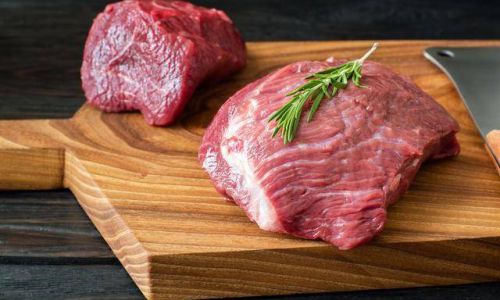
Freezing: Freezing beef at temperatures below -18°C effectively halts microbial growth and enzymatic activity, allowing for long-term storage (up to 12 months for steaks and roasts, 9-12 months for ground beef). Proper freezing involves rapid freezing to minimize ice crystal formation, which can damage meat fibers, and using airtight, moisture-proof packaging to prevent freezer burn.
-
Vacuum Packaging
Vacuum packaging removes oxygen from the packaging environment, creating an anaerobic condition that inhibits the growth of aerobic bacteria and slows down oxidative spoilage. This method is particularly effective for short-term chilled storage and long-term frozen storage. Vacuum-packed beef should be stored at appropriate temperatures to maximize shelf life.
-
Modified Atmosphere Packaging (MAP)
MAP involves replacing the ambient air in the packaging with a controlled gas mixture, typically a combination of carbon dioxide (CO2), oxygen (O2), and nitrogen (N2). CO2 inhibits aerobic bacterial growth, while low levels of O2 can slow down oxidative spoilage and maintain meat color. Nitrogen acts as a filler gas. MAP extends the shelf life of chilled beef by several days to a week compared to vacuum packaging or aerobic storage.
-
Active Packaging Systems
Active packaging goes beyond MAP by incorporating additional functionalities such as antimicrobial agents, antioxidants, and gas scavengers. Antimicrobial agents like nisin, natamycin, and essential oils can inhibit microbial growth, while antioxidants like ascorbic acid and tocopherols can slow down lipid oxidation. These systems are particularly useful for extending the shelf life of chilled beef and improving overall product quality.
-
High-Pressure Processing (HPP)
HPP involves subjecting beef to high pressures (typically 400-600 MPa) for a short duration (usually a few minutes). This treatment inactivates microorganisms without significantly affecting the sensory attributes or nutritional value of the meat. HPP can extend the shelf life of chilled beef by several days to a week, making it a suitable alternative to traditional preservation methods like irradiation and chemical preservatives.

-
Irradiation
Irradiation involves exposing beef to ionizing radiation to kill or inactivate microorganisms. This method can significantly extend the shelf life of both chilled and frozen beef, reducing the risk of foodborne illness. However, consumer acceptance of irradiated products can be limited due to perceptions of safety and labeling regulations.
-
Cryopreservation
Cryopreservation involves freezing beef at extremely low temperatures (-80°C or below) and storing it in liquid nitrogen or a similar cryogenic medium. This method preserves the cellular structure of meat almost perfectly, allowing for long-term storage (years) without significant quality loss. However, the high cost and specialized equipment required limit its widespread use.
Conclusion
Maintaining the freshness and quality of beef over an extended period requires a combination of scientific knowledge and practical application of preservation techniques. From chilling and freezing to advanced packaging and processing methods, each approach has its unique benefits and limitations. The choice of preservation method should be based on the intended storage duration, product format, and consumer preferences. By understanding and implementing these techniques, beef producers, retailers, and consumers can ensure that beef retains its optimal quality, safety, and nutritional value for as long as possible.
In summary, prolonging the freshness of beef involves a multifaceted approach that considers initial quality, packaging, storage conditions, and the use of advanced preservation technologies. By adopting these practices, we can minimize waste, enhance food security, and provide consumers with high-quality, safe, and nutritious beef products.
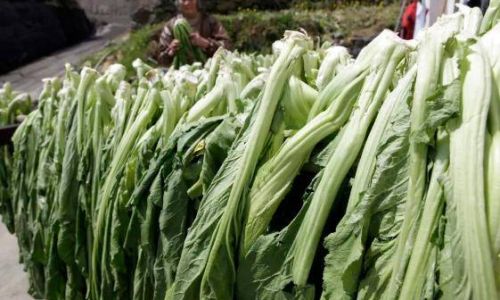
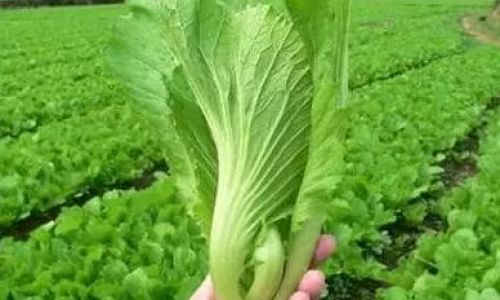

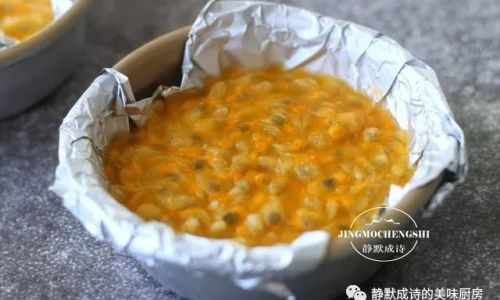
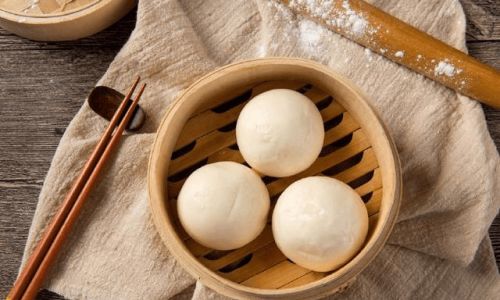
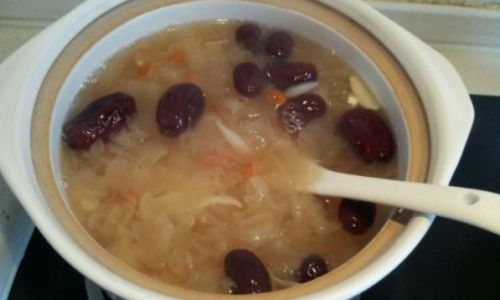
0 comments